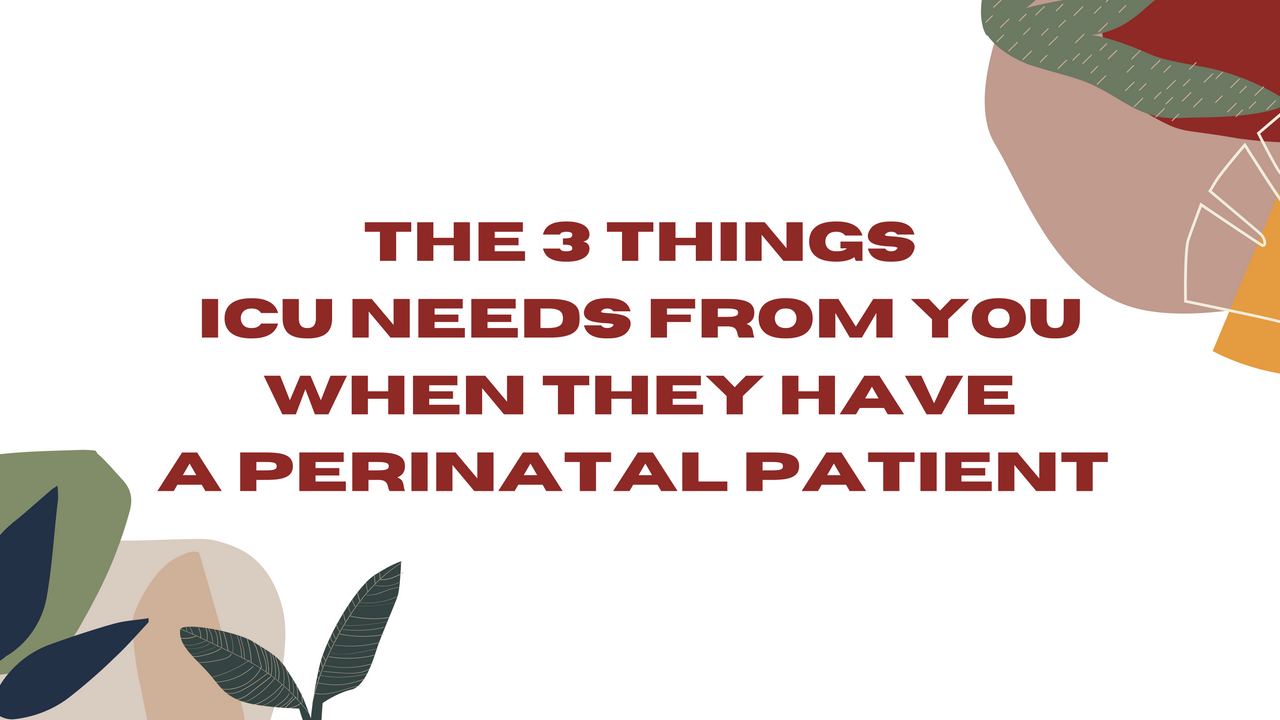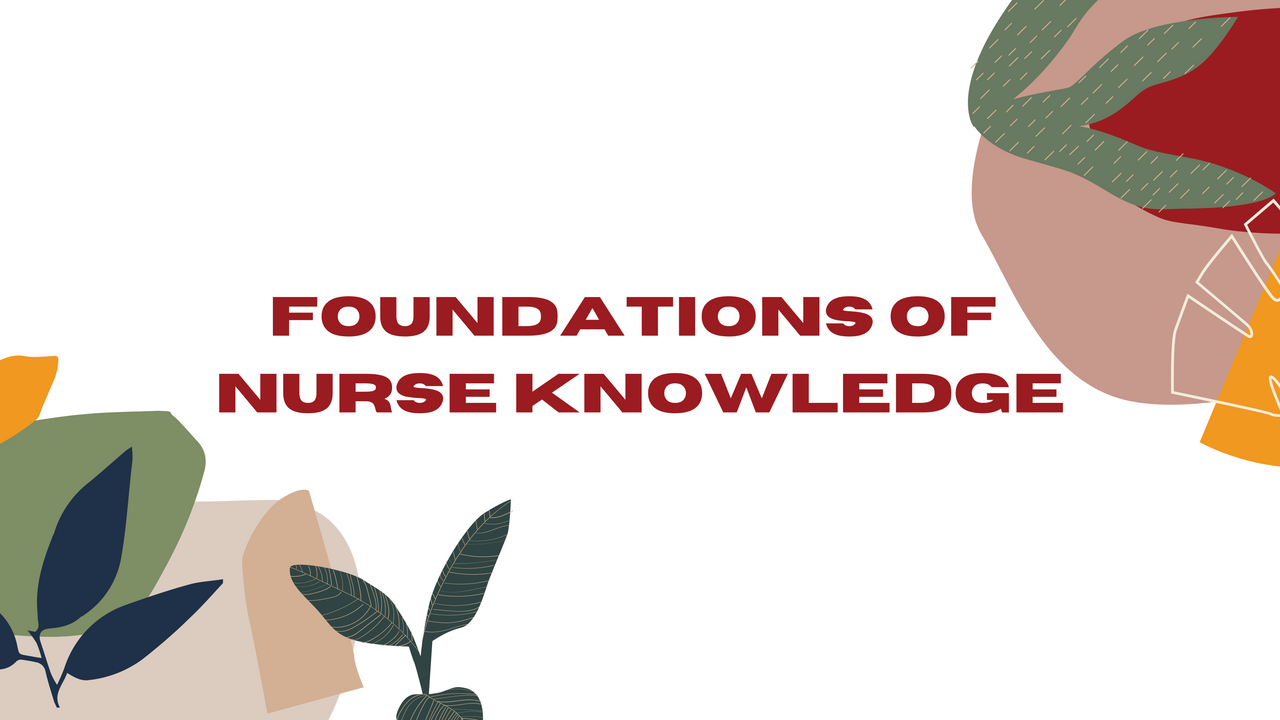Nursing Insights & Education
Evidence-based insights, practical tips, and professional guidance for labor & delivery nurses and healthcare educators
All About Malpractice & Professional Liability Insurance for Nurses: The Pros AND the Cons

If there is a professional practice (i.e. "legally topic") question I get more than "Is it true 'if it wasn't charted, it wasn't done," it's gotta be "Do I need malpractice insurance?" Nurse malpractice insurance is an important — and surprisingly polarizing — subject in the nursing community. Some see it as a necessary evil for nurses – something that's just part of being in the profession. Others avoid it: "You're more likely to be named in a lawsuit!!"
So, who am I, and why do nurses ask me these questions? I'm a nurse. I also serve as an expert witness in birth injury malpractice cases for the past 8 years. I've reviewed around 300 cases and read over 1000 nurse depositions. How the legal system works and impacts nurses is something I think a lot about. And it's something many nurses come to me for information on. So here is the lowdown, based on my experience and the available resources.
This comes with a caveat: this is an extremely challenging thing to research. Mo...
How to Document or Why “If it can go in a flowsheet, then don’t write a note” is like saying “tell me your patients story using only emoji’s”
Yeah, I know, for someone who is all like “you don’t need more classes on documentation!” I’m really on a documentation streak right now. But if you are still with me on this 3 part journey (see my other articles here and here), then I feel like I owe it to you to talk about how to chart. Nothing special or magical. Which is why all the scary or mixed messages we receive around charting as birth nurses don’t add up for me. I know you know how to document. You are already super smart and know how to chart. It’s tempting to use documentation as an easy scapegoat when we have fears around patient harm and lawsuits (“It must be the documentation!”). Unfortunately, that’s not accurate and it’s become a favorite distraction. That doesn’t mean it’s not still a little confusing. And you know what? It makes sense that it’s confusing! Partly, that’s because of the mixed and fear-based messages. Part of it is because of the many function documentation plays besides patient safety. Let’s...
You Don't Need Another Documentation Course!
Is documentation the #1 thing that keeps patients safe and you from being involved in a malpractice suit? No. Nope. Probably not even in the top 3. The number one thing that keeps patients safe (and avoids litigation) is you, the well-trained, critical thinking, patient-advocating nurse. If you’ve read my last article on the timing of documentation, you know I’m all about making documentation work for you...bend that ish to your will! But, there are a few more things we need to talk about with documentation, because I still get asked about it all the time. It’s tempting to use documentation as an easy scapegoat when we have fears around patient harm and lawsuits (“It must be the documentation!”). Unfortunately, that’s not accurate and it’s become a favorite distraction. That doesn’t mean it’s not still a little confusing. And you know what? It makes sense that it’s confusing! Not because documentation is inherently difficult or challenging, its because you get mixed messages all. th...
How to Make Your Policies Better: Tips from the Brain of an Expert Witness
Hey educators and managers! I’m in your policies a lot and some are great. Some, though, not so good. Are policies the number 1 thing that keeps your patients safe? No. But, they can be an excellent tool for the number 1 thing that is keeping your patients safe (hint: it’s the nurses). In the cases I review, there are 3 things that jump out, right off the bat, and alert me that your policies are contributing to less than optimal outcome. So read on for a few reasons your policies might be terrible and how to start making them better.
Number 1: You’ve confused policy and procedure.
Sometimes they live in the same document, but they serve 2 distinct functions. A policy guides the actions under a certain circumstance. A procedure tells you step by step how to do something. For instance, an oxytocin procedure would tell the nurse. Step 1: ensure informed consent Step 2: get the bag of pit and some pump tubing step 3 turn on the pump step 4 program the pump and have it double checke...
Documentation is your new best friend...no seriously...hear me out.
We talk about documentation so much in Labor & Delivery. So...so...sooooo...much. But newsflash: if your care isn't great and there's a bad outcome, no amount of documentation will help. But, if we use documentation and befriend it, then it can be one more tool to help us provide excellent care.
So what is the standard of care when it comes to documentation? While there’s lots of guidance on what to chart, from AWHONN or your facility, there is almost no set standard on when to chart. Thus, we are left with our old stand-by for standard of care: “What a reasonable and prudent nurse would do”. What does that look like? My best advice for charting in a manner that is both timely and realistic is to think about breaking documentation into 3 categories: real time, near time and late. I’ll explain each of these and what should go into each category. For a downloadable guide, click here.
Real Time: Charting that occurs in the patient room, at the time the care is given or assessm...
The 3 Things ICU Needs from You When They Have a Perinatal Patient

If you are a maternity nurse in the United States in 2021, you will have patients that are in the ICU. It’s not just a hypothetical: it will absolutely happen regardless of where you work. There is more cardiovascular disease (like cardiomyopathy), hypertensive disorders (like HELLP and pre-eclampsia) and postpartum hemorrhages now than in decades past. We tackled much of the physiology of these conditions, as well as the concept of weathering, which is a large underlying factor to the increases we see in our February blog (you can read it here).
No doubt the ICU can be pretty intimidating: there’s lines, monitors and unfamiliar clinicians everywhere. It’s so tempting to want to spend as little time as possible over there. But just like we will happily manage a labor, ICU nurses LOVE monitoring cardiac and respiratory status, dialing in drips and reading those invasive monitor printouts. What do ICU nurses not like? Funduses (fundi?). Also, breast pumps. And a few other thing...
These 4 areas of nurse knowledge come up in almost every case...and it might not be what you think.

If I could boil down lawsuit-proofing your practice into one concept, it would be that we get our best outcomes when we don’t intervene in normal and when we intervene in a timely manner in abnormal. Which means, nurses mainly just need to be able to tell normal from abnormal in order to work towards our best outcomes.
In the cases I review, there are four main areas where nurses struggle to know the difference between normal and abnormal. Most nurses are worried about knowing these majorly obscure things, but in reality that’s never the case (I mean, if I’m having to google it…). These four areas of nursing knowledge deficits are maternal/fetal physiology, uterine activity and labor progress, oxytocin, and fetal monitoring. Wait, what? But Jen! Those are so basic!! Yes, yes they are. So this month, I wanted to answer why nurses should spend time reviewing and cementing their knowledge of the basics, besides not getting yourself involved in a lawsuit.
It’s the standard of care!
...Are you Suffering from Toxic Policy Culture?
FYI-this is a bit of a long one, but keep read to get to the juiciest parts!
Hey nurses! I’m in your policies a lot and some are great. Some, though, not so good (I know you feel me on this). Are policies the number 1 thing that keeps your patients safe? No. But, they can be an excellent tool for the number 1 thing that is keeping your patients safe (hint: it’s you, the nurses). In the cases I review, there are a few things that jump out, right off the bat, and alert me that your policies are contributing to less than optimal outcome. Some policies are just unnecessary and are total CYA nonsense. Others, the references are poor and out of date. But beyond these technical elements, which I go over in my last article on policies, we need to address a bigger issue. We need to talk about the ways that our policies and our relationship to policies are contributing to our unit and nursing cultures. Let me tell you, I’ve been on all the sides of policies. A staff nurse trying to use them...
4 Reasons Why Physiologic Birth is Smart Policy

Last week, I got to go to a Spinning Babies class! You know how when you cut out sugar for a bit and then have a cookie and it tastes sooo freaking good? That's how getting to go to an in-person class again was (I know...geez Jen, get a life!). Maybe it was getting to be the student again or that it was so much new, applicable information or Kelly’s really fantastic teaching. But whatever it was, that class rocked my world. Spinning Babies takes physiologic birth and pelvic anatomy, pairs it with clues from a particular labor and delivers a number of stretches, massages, and positions to get those babies out according to whether you need to balance some part of the anatomy or make more room in the upper, mid, or lower pelvis. It’s pretty slick. Of course it isn’t going to eliminate cesarean, but it sure feels great knowing I have a few extra cards to play.
I first taught a class that included physiologic birth as a principle in 2014. I was consulting for a hospital here in Portland OR...
Heart Month: Top Cardiac Reasons Your OB Patient Is In The CVICU and What Happens Once They Are There

This post was co-authored with Cheryl Holub BSN, CCRN-CSC at Legacy Emanuel Hospital in Portland, OR.
If you are a maternity nurse, most likely February doesn’t register as American Heart Month for you. But cardiovascular disease (CVD) is the leading cause of pregnancy-related mortality in the United States and has gradually increased over time (from 7.2 to 17.2 deaths per 100 000 live births from 1987–2015). There’s several reasons for this, both from pre-existing conditions as well as the SERIOUS cardiovascular situation that transpires during pregnancy, regardless of health status. It’s a high flow, low resistance state where the heart increases in size, blood volume increases by 50%, heart rate increases, blood-pressure and systemic vascular resistance drops, and vascular tissue integrity is challenged from hormonal effects. Yikes! Even if all you did for heart month was review the normal cardiovascular adaptations of pregnancy, it would be time well spent.
Racial and ethn...

